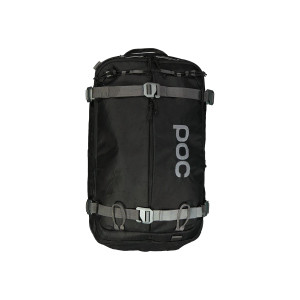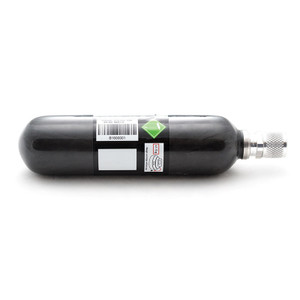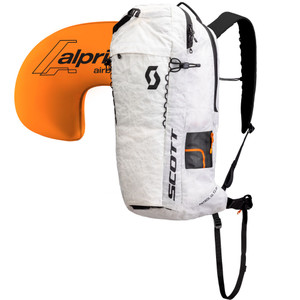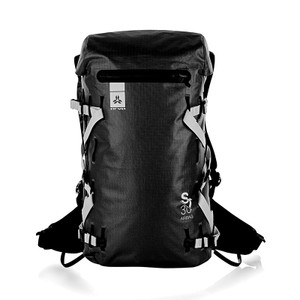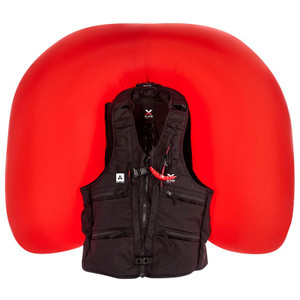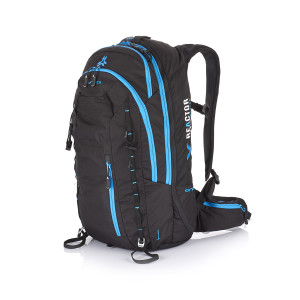Avalanche Airbag Packs
Avalanche airbag packs are backpacks designed to help skiers, snowboarders, or mountaineers survive an avalanche by increasing their chances of staying near the surface of the moving snow.
How They Work:
When a skier triggers an avalanche, they can pull a handle (usually on the shoulder strap), which inflates large airbags built into the backpack—typically in under 3 seconds.
-
The airbags fill with gas or air, increasing the skier’s overall volume without significantly increasing weight.
-
This uses a principle called “inverse segregation” or the “Brazil nut effect”, where larger objects tend to rise to the top of a moving mass of smaller particles (like snow in an avalanche).
Key Components:
-
Airbag System: Inflates quickly to create a larger surface area.
-
Trigger Handle: Pulls to activate inflation.
-
Inflation Mechanism:
-
Compressed Air or Gas Canister: Single-use and must be refilled after deployment.
-
Electric Fan System (e.g., JetForce, Alpride E1): Battery-powered, can be reused multiple times.
-
-
Backpack Storage: Like a regular backpack—room for gear, shovel, probe, etc.
Used By:
-
Backcountry skiers
-
Snowboarders
-
Ski mountaineers
-
Avalanche professionals and rescue teams
Important Notes:
-
Airbag packs don't guarantee survival—but they significantly increase your odds of staying on or near the snow surface, reducing burial risk.
-
Still essential to carry:
-
Avalanche transceiver (beacon)
-
Probe
-
Shovel
-
-
Knowledge and training in avalanche safety is critical—an airbag pack is not a substitute for avalanche education.
In summary, an avalanche airbag pack is a vital piece of safety gear for anyone venturing into avalanche-prone terrain. It’s about stacking the odds in your favor in case something goes wrong.


